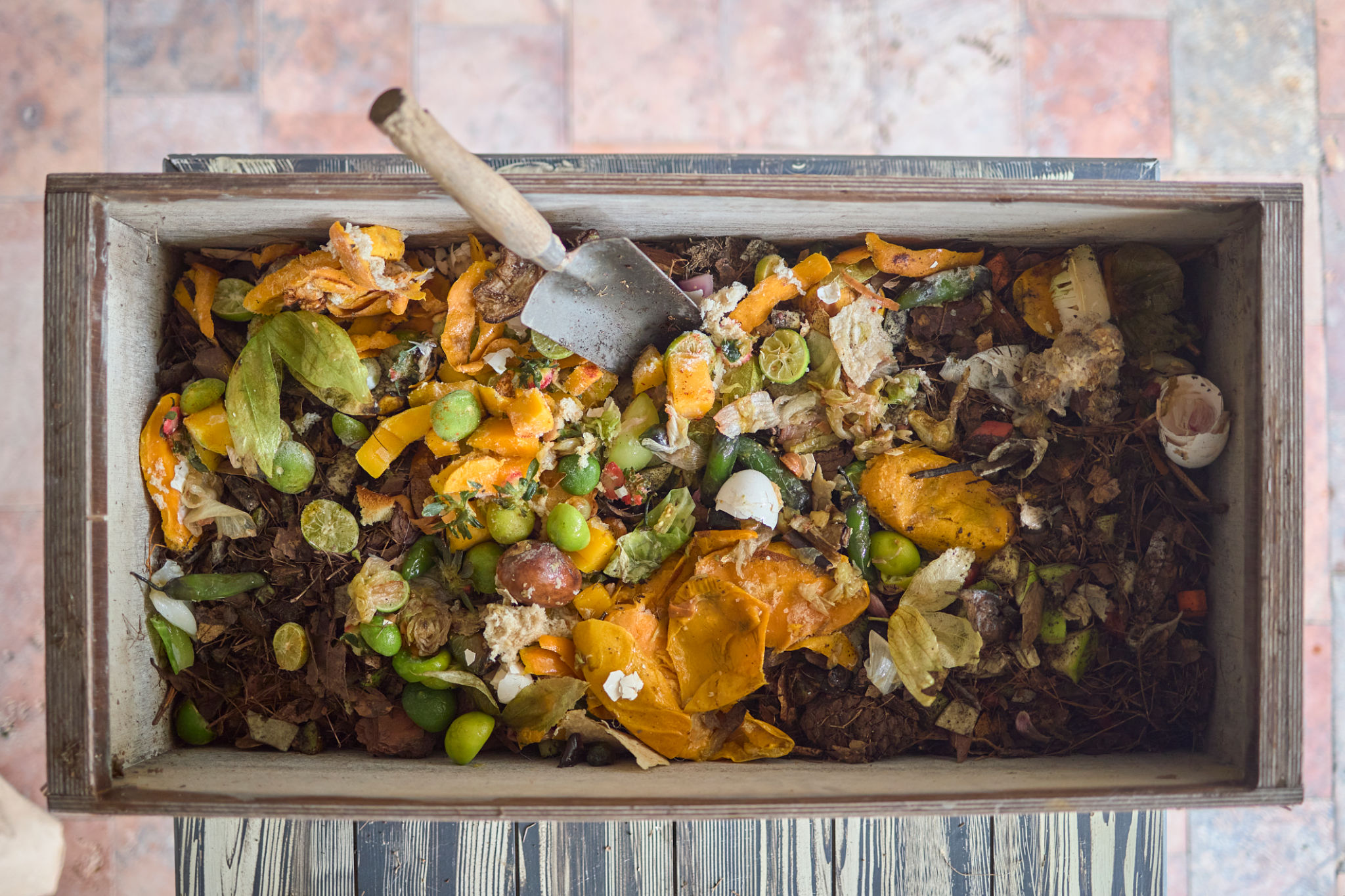How to Implement Permaculture Design Principles in Your Chicago Garden
Understanding Permaculture Design Principles
Permaculture design principles are a set of guidelines that draw inspiration from natural ecosystems to create sustainable and self-sufficient agricultural systems. Implementing these principles in your Chicago garden is not only environmentally friendly but also enhances the resilience and productivity of your garden. The core idea is to work with nature rather than against it, promoting harmony within your garden space.
Key permaculture principles include observing and interacting with nature, capturing and storing energy, obtaining yields, and applying self-regulation and feedback. Each of these principles can be tailored to suit the specific climate and urban environment of Chicago, allowing you to create a thriving garden.

Designing Your Chicago Garden with Permaculture Principles
When designing your Chicago garden, the first step is to observe and interact with your environment. Spend time understanding the microclimates within your garden, such as sunny spots, shaded areas, and wind patterns. This information is crucial for positioning plants where they will thrive best. Consider the placement of trees and shrubs to provide natural windbreaks, which can be particularly beneficial during Chicago's windy winters.
Incorporate the principle of catching and storing energy by using rainwater collection systems. Rain barrels are an excellent way to harness Chicago's rainfall, providing a sustainable water source for your garden. Additionally, consider installing solar panels in sunny areas to power garden lights or small water pumps.
Creating a Productive and Resilient Garden
A key aspect of permaculture is obtaining yields, which involves growing a diverse range of plants to ensure continuous productivity. Choose plant varieties that are well-suited to Chicago's climate, such as native perennials, hardy vegetables, and fruit-bearing shrubs like serviceberries or elderberries. This approach not only provides food but also attracts beneficial wildlife to your garden.

Applying self-regulation and feedback encourages you to monitor your garden's progress and make necessary adjustments. Regularly assess plant health, soil conditions, and pest activity. Introduce companion planting strategies to naturally deter pests and improve plant growth. For instance, planting marigolds alongside tomatoes can help ward off nematodes.
Enhancing Soil Health and Biodiversity
Healthy soil is the foundation of a thriving permaculture garden. Implement practices such as composting to recycle organic waste into nutrient-rich soil amendments. Vermicomposting with worms is also an effective way to enhance soil fertility while reducing kitchen waste.
Promoting biodiversity is another crucial principle. Encourage a variety of plants, insects, and birds by creating diverse habitats like wildflower patches or birdhouses. This diversity not only supports ecosystem health but also increases the resilience of your garden against pests and diseases.

Embracing Permaculture in Urban Settings
Despite being an urban environment, Chicago offers numerous opportunities for implementing permaculture principles. Utilize vertical gardening techniques to maximize space in smaller gardens or balconies. Green roofs are another innovative solution for urban dwellers, providing insulation benefits while creating additional green space.
By adopting permaculture design principles in your Chicago garden, you're contributing to a more sustainable urban environment while enjoying the benefits of a productive and beautiful outdoor space. Whether you're a seasoned gardener or just starting out, these principles offer a framework for creating a thriving garden that works in harmony with nature.